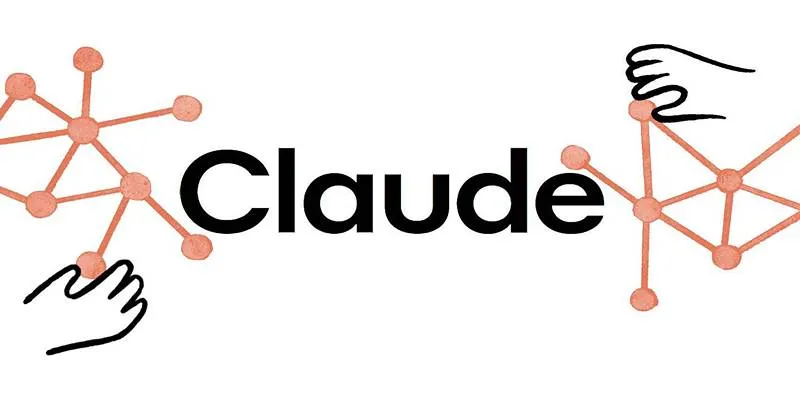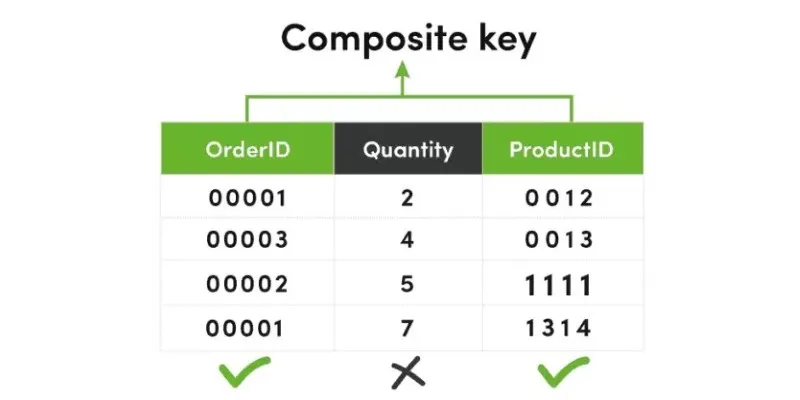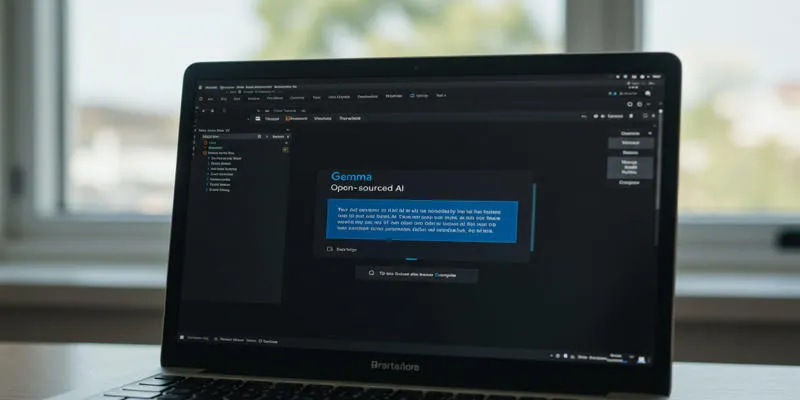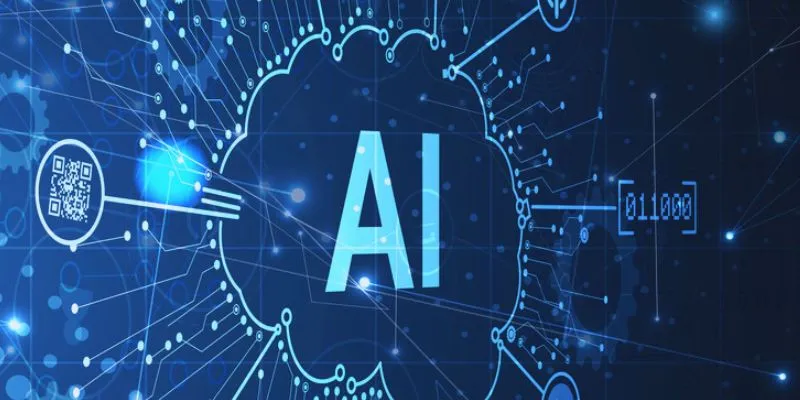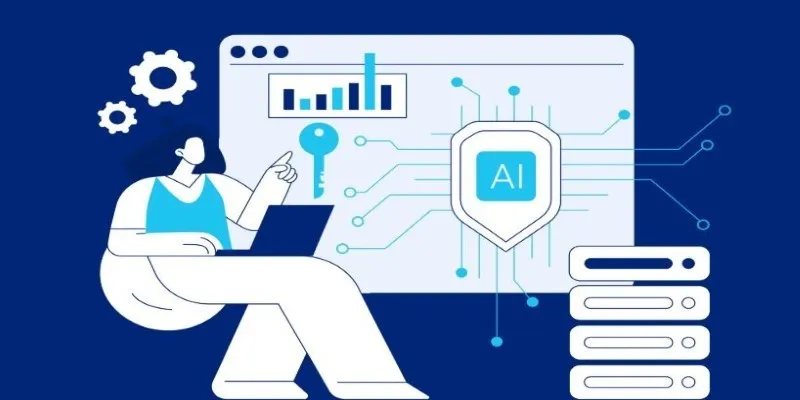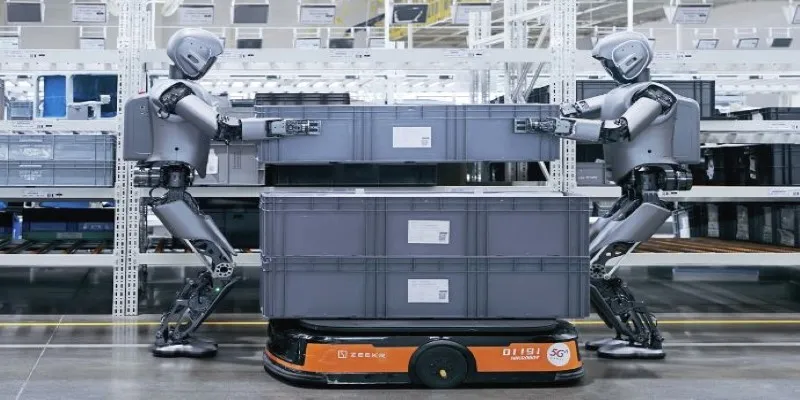Unix and Linux are frequently discussed together, often as if they are the same thing. However, these operating systems have distinct origins, goals, and usage patterns. While both are highly respected in tech circles, they’re not identical. Unix is older and rooted in history, while Linux is a modern offshoot born from community collaboration. If you’re curious about how Unix and Linux compare, this article is for you. We’ll break it down without unnecessary jargon.
Origins and Philosophy
Unix emerged in the late 1960s as a project at AT&T’s Bell Labs. Created by Dennis Ritchie and Ken Thompson, it was designed to be a simple, efficient operating system for limited hardware. Over time, Unix evolved into a robust, multi-user system and split into proprietary versions like AIX (IBM), HP-UX, and Solaris. These versions became staples in enterprise environments, particularly in finance, telecom, and academia.
In contrast, Linux was born in 1991 when Linus Torvalds, a student in Finland, aimed to create a free operating system kernel. Modeled after Unix, Linux was released under the GNU General Public License, allowing anyone to copy, modify, and distribute the software. From the start, Linux was open and community-driven, evolving rapidly with global developer contributions.
The philosophies differ significantly. Unix, controlled by companies, focuses on performance and reliability in corporate settings, while Linux, built by volunteers, emphasizes accessibility and experimentation. This contrast influences everything from development models to update delivery methods.
System Architecture and Design
Under the hood, Unix and Linux share similar architectures: kernel, shell, utilities, and system libraries. Linux was modeled after Unix, but similarities on paper don’t always mean identical behavior.
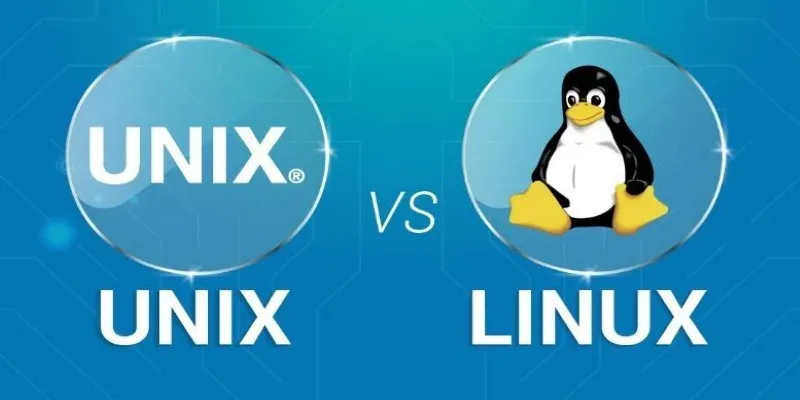
Unix systems are typically rigid, with each vendor-customized version featuring a specific kernel and tools. You can’t easily swap components, making Unix systems stable but less adaptable. For instance, HP-UX users must use HP’s tools and software packages, offering predictability but less flexibility.
Linux, on the other hand, is modular. You can swap out components, use different shells, window managers, and even init systems. This flexibility has spawned hundreds of Linux distributions (distros), like Ubuntu, Debian, CentOS, and Fedora, each catering to different needs from beginner-friendly desktops to lean server systems.
The Linux kernel updates more frequently than Unix, including hardware support, security patches, and new features. Unix updates are slower and more conservative, reducing the risk of bugs but potentially lagging in new technology support.
Licensing and Community
A major difference between Unix and Linux is licensing. Unix is proprietary, requiring licenses to run most versions, which can be costly. Installing AIX or Solaris involves official channels and often a corporate support agreement, limiting Unix’s accessibility.
Linux is free in both cost and licensing, allowing users to study and modify the code. This accessibility has led to widespread adoption among students, startups, and open-source enthusiasts. Linux is taught in schools, used in cloud infrastructure, and powers everything from smartphones to supercomputers.
The communities behind these systems differ as well. Unix is developed mostly in-house with limited community input, while Linux thrives on community involvement. Thousands of developers contribute code, with distributions managed by volunteers or nonprofit foundations. This open model fosters rapid growth and experimentation, unlike the more static Unix environment.
The secondary keyword “open-source development” is crucial here. Linux’s success is a direct result of open-source development, where collaboration and transparency are prioritized over corporate hierarchy. This adaptability is particularly beneficial in fast-evolving fields like containerization and cloud platforms.
Usage, Compatibility, and Real-World Differences
In practice, Unix and Linux serve different audiences. Unix remains prevalent in older enterprises, such as banks, insurance companies, and government agencies, that adopted it decades ago. These systems are stable and secure, ideal for high-stakes applications where uptime is critical.
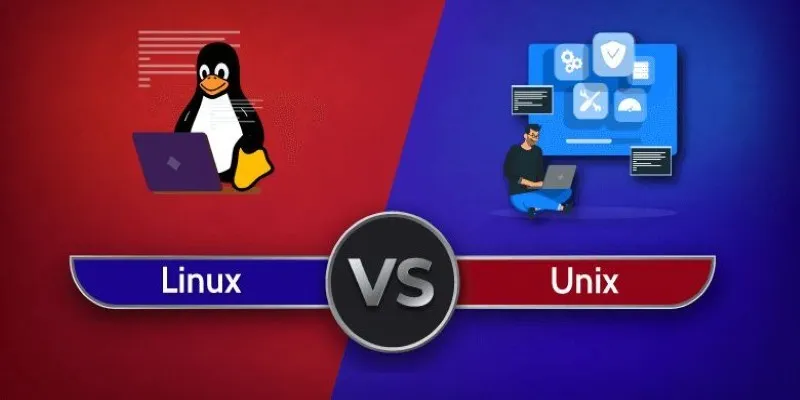
Linux, however, has become dominant in almost every other area. It’s used for web servers, cloud providers, mobile phones, IoT devices, and desktops, powering tech giants like Google, Facebook, and Amazon. It supports a wide range of hardware, making it easier to install on consumer laptops and modern servers, unlike Unix, which is tied to specific hardware ecosystems.
When it comes to software compatibility, most open-source tools are built for Linux. While some can be compiled on Unix, the process isn’t as smooth. Developers have prioritized Linux, resulting in broader software support and documentation. This includes tools used in open-source development, which are typically Linux-first.
From a user experience perspective, Linux is generally more approachable with graphical interfaces, extensive forums, and frequent updates. Unix, being command-line heavy, is often tailored to experienced administrators, with a steep learning curve for newcomers.
Conclusion
While Unix and Linux share some surface-level similarities, their purposes and ideal use cases differ significantly. Unix, with its long history, stability, and reliability, is well-suited for legacy systems in traditional industries. Linux, shaped by open-source development, has become the backbone of modern infrastructure, offering adaptability and innovation. The choice between Unix and Linux depends on whether you prioritize stability and consistency or flexibility and evolution with technology.
For more insights on operating systems and open-source development, consider visiting The Linux Foundation or explore Open Source Initiative for a deeper understanding of open-source licensing and community impact.
 zfn9
zfn9


